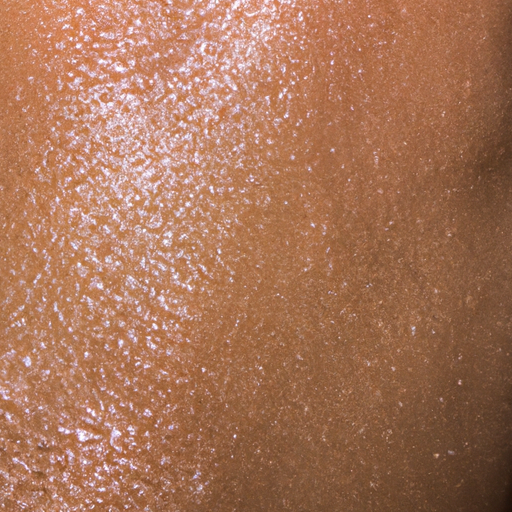As a medical professional, I often encounter patients who struggle with oily skin. This common dermatological issue can cause discomfort, embarrassment, and can even lead to other skin problems such as acne. Understanding the causes and symptoms of oily skin can help individuals manage this condition more effectively.
Oily skin, also known as seborrhea, is characterized by an excessive production of sebum, an oily substance produced by the sebaceous glands in the skin. While sebum is essential for maintaining skin health by providing a protective layer and keeping it hydrated, an overproduction can lead to oily skin.
Several factors contribute to the overproduction of sebum. Genetics play a significant role; if your parents have oily skin, you are likely to have it as well. Hormonal changes, particularly those occurring during puberty, pregnancy, and menopause, can stimulate sebaceous glands to produce more oil. Stress can also trigger an increase in oil production due to the release of cortisol, a hormone that stimulates oil glands.
Environmental factors also contribute to oily skin. Humid climates can stimulate sebum production, while dry climates can cause the skin to overcompensate for lack of moisture by producing more oil. Additionally, certain lifestyle habits such as a diet high in processed and fatty foods, inadequate hydration, and poor skincare routine can exacerbate oil production.
The symptoms of oily skin are fairly easy to identify. The skin often appears shiny or greasy, particularly in the T-zone area (forehead, nose, and chin). Enlarged pores are another common symptom. Oily skin is also prone to blackheads, whiteheads, and other forms of acne due to the excess oil and dead skin cells clogging the pores. Moreover, makeup tends to wear off quickly on oily skin.
While oily skin can be a nuisance, it’s important to remember that it’s not necessarily harmful or indicative of poor health. However, if left unmanaged, it can lead to persistent acne, which can cause scarring and skin discoloration.
Managing oily skin involves a combination of proper skincare and lifestyle modifications. Washing your face twice daily with a gentle, oil-free cleanser can help remove excess oil. However, avoid over-washing or using harsh products, as this can strip the skin of its natural oils and trigger more oil production. Using oil-free, non-comedogenic products that don’t clog pores can also help manage oily skin.
In terms of lifestyle modifications, maintaining a balanced diet rich in fruits, vegetables, lean proteins, and whole grains can help regulate sebum production. Regular exercise can also help manage stress levels and consequently, oil production.
In some cases, when oily skin leads to severe acne or doesn’t improve with over-the-counter treatments, it may be necessary to consult a dermatologist. They may prescribe topical treatments or oral medications to help regulate sebum production.
Understanding the causes and symptoms of oily skin is the first step towards managing this condition. While it may require some trial and error to find what works best for you, remember that every skin type has its own unique needs and challenges. With the right care and attention, oily skin can be managed effectively.




